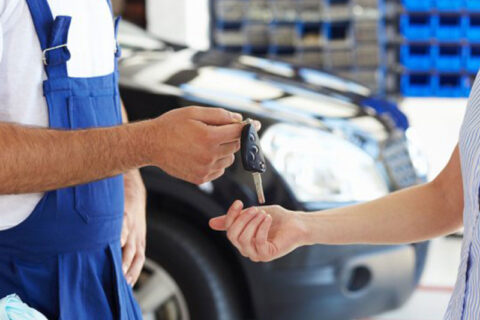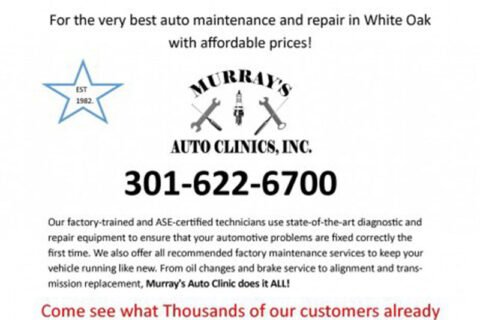The Symptoms of CV Joint Problems and What Happens When CV Joints Fail

Your car’s CV joints wear out over time and may eventually fail without notice or warning. Read the following post to learn more about the role of CV joints, symptoms of CV joint problems, and what to do when your CV joints fail.
What CV Joints Do
CV joints are attached to your car’s drive shaft and help to transfer the transmission’s torque to the wheels at a consistent rate. The CV joints are designed to perform their role while simultaneously accommodating the constant fluxes of the suspension. If you have a front-wheel-drive car, the CV joints will also ensure that torque is transferred to the front wheels while the car is turning.
How You Know You Have CV Joint Problems
The most common problem occurs when the CV joint boot is damaged. This causes all of the grease to leak out, which invites dirt and contaminants into the CV joint and accelerates wear. You know that your CV joints have broken if you see that there is grease on the inside of your car’s rims, or if you see a visible crack or dent in the CV joint boot. If you catch the problem early enough, car repair experts can re-grease the CV joint and replace the boot. Worn CV joints also tend to make a clicking noise during cornering, which gets worse as you accelerate through the turn.
What Happens When CV Joints Fail
Unfortunately, broken CV joints are not repairable—only the CV joint boot is. If your CV joints ever fail completely, the car will suddenly not be able to accelerate, since it won’t have the means to transfer torque to the drive shaft or the wheels.
To get your CV joints inspected at a high-quality car repair shop in the Silver Spring area and prevent serious damage to your car, come to Murray’s Auto Clinic. Call us at 301-585-7557 to learn more about CV joint problems and automotive repair.


